Pinna, Porifera, and Pseudobiceros' Penises
 May 13, 2013
May 13, 2013
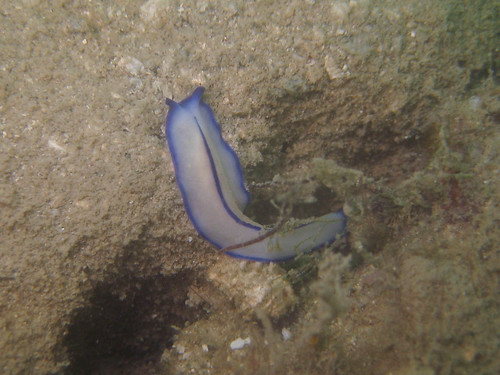
I’ve always thought these Blue-lined flatworms (Pseudoceros sp.) get their Latin name Pseudo- “not genuine” and Ceros- “horn” because they do not have “true horns”, that is, feelers. Those pinches at the top of their bodies that serve as sensory organs similar to antennae. Then I started getting confused because there is another genus of flatworms known as Pseudobiceros, and I was wondering what the difference was. Bi- suggests, there are two, and indeed all the flatworms have two antennae, so what sets them apart?

Turns out, not only does Ceros- suggest horns like horns on a goat or rhinoceros, but horns as in penises. Pseudoceros flatworms have one penis. Pseudobiceros flatworms have, you guessed it, two penises. And I don’t mean two-headed (bifurcated) penises like in marsupials, but actually two, separate penises. So I began to recall all the flatworms penises I had ever seen, trying to remember if I saw one or two appendages. Having a cloudy memory, I went through my archive of flatworm porn and most of my photos of horny flatworms were of the -biceros faction. So I went and trawled the wonderful world of online flatworm porn (you’d be surprised how much stuff there is about flatworm penises online) and finally I found photos of flatworm penises from the “mono-ceros” faction.
I didn’t manage to find any photos from Pseudoceros, but I did manage to find a video from my archives. That satiated my Pseudobiceros penis perplexity. What a relief.

From penises to Pinnidae, we encountered many Pen shells along Pulau Hantu’s sea bed this weekend. Some were wedged between coral and rock like this orange-encrusted individual.
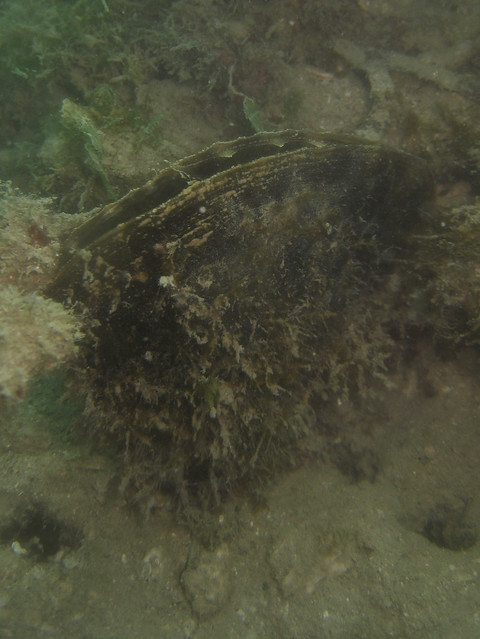
Others stood on their own in the sediment. This is how they are commonly found, standing point-first in the sea bottom in which they live, anchored by a net of byssus threads.
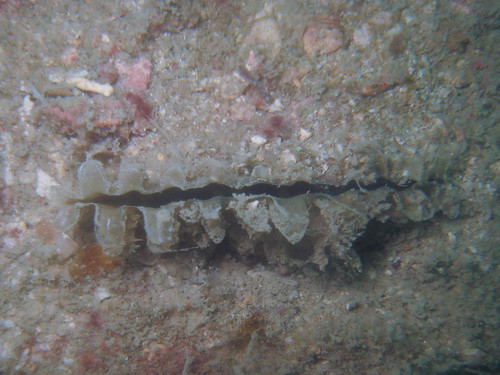
This photo shows the mantle of the Pen shell, that go by another common name, Razor shell, because of their razor-sharp edges that can give a nasty cut to barefoot waders. Some species of Fan shells in Singapore are listed as ‘Vulnerable’ on the Red List of threatened animals, so it was nice to see several of them in our waters today. Of course, we can’t tell if they are actually thriving until a comprehensive survey is done of their population.
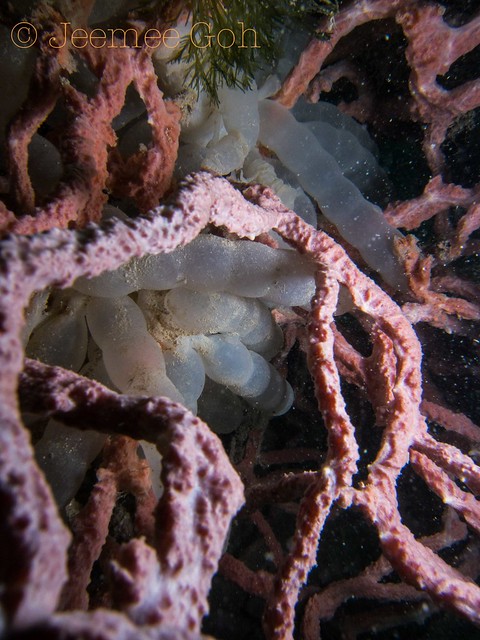
Among porifera, or sponges, we found a nest of squid eggs!
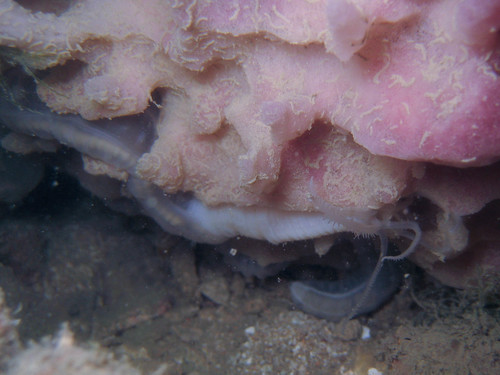
Sea cucumbers can also frequently be found foraging upon sponges.

Hollow-cheeked stonefish hide amidst sponges. Which is why it’s a good idea not to touch the reef! Look how perfectly this guy has himself squeezed onto a crevice within the reef slope!
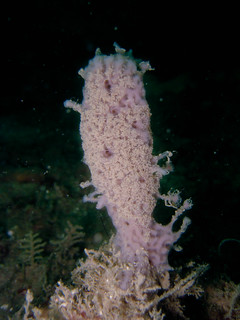

A beautiful blue sponge photographed with and without a layer of sediment on its surface. As you can see, the colour of sponges vary greatly. Some sponges have rather dull grayish, greenish and brownish colors, whereas others are bright yellow, orange, red or blue. It is difficult to tell whether dull colors are a way of camouflage and bright colors may be some kind of warning coloration. Often, the level of sunlight exposure has a considerable impact on the sponge color. This especially holds true when sponges host photosynthetic symbionts (unicellular algae or cyanobacteria) in their tissue, since their pigments often contribute to the color. At low light conditions these symbionts may decrease in number or disappear completely. This can cause very obvious changes in the sponge coloration. [1]

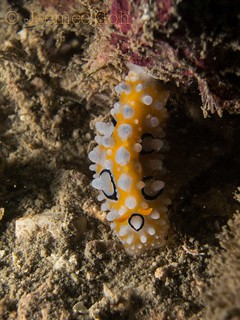
Hantu Blog volunteer Jimmy Goh found some lovely Bullocki nudibranchs (left) and Phyllidia ocellata (right).

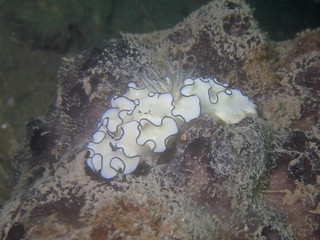

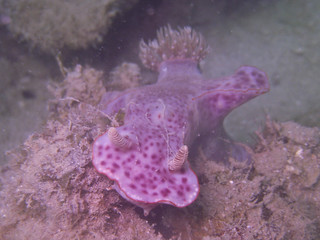
Other nudibranches we saw included (clockwise from top left) Chromodoris lineolata (with oral tentacles visible), Glossodoris atromarginata, Ceratosoma gracillimum, and Jorunna funebris.
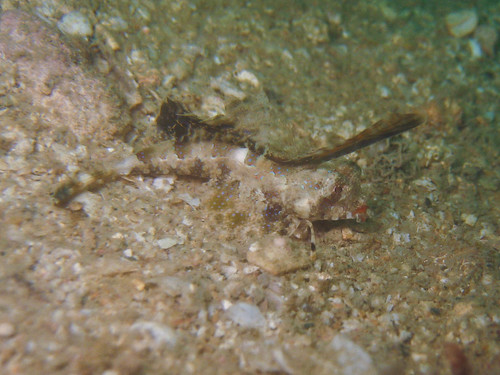
Hantu Blog’s new volunteer in training, Karo De Beul, who moved to Singapore from Australia, pointed out another Fingered dragonet that was also sighted last week.
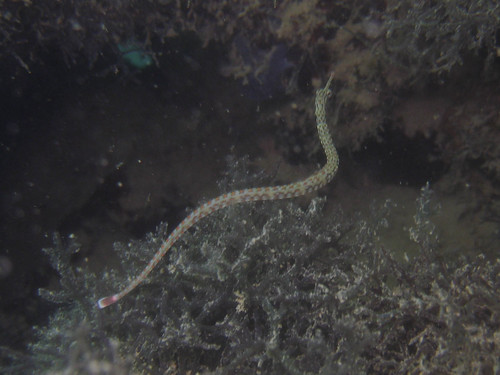
We didn’t manage to find any seahorses this week. We wonder if it was because the underwater temperature was slightly warmer. We did manage to find a nice Orange-spotted pipefish through, which was creeping around the reef flats!
To see more photos from this dive, visit the Hantu Blog Gallery!
 Posted in
Posted in 



 content rss
content rss
COMMENTS